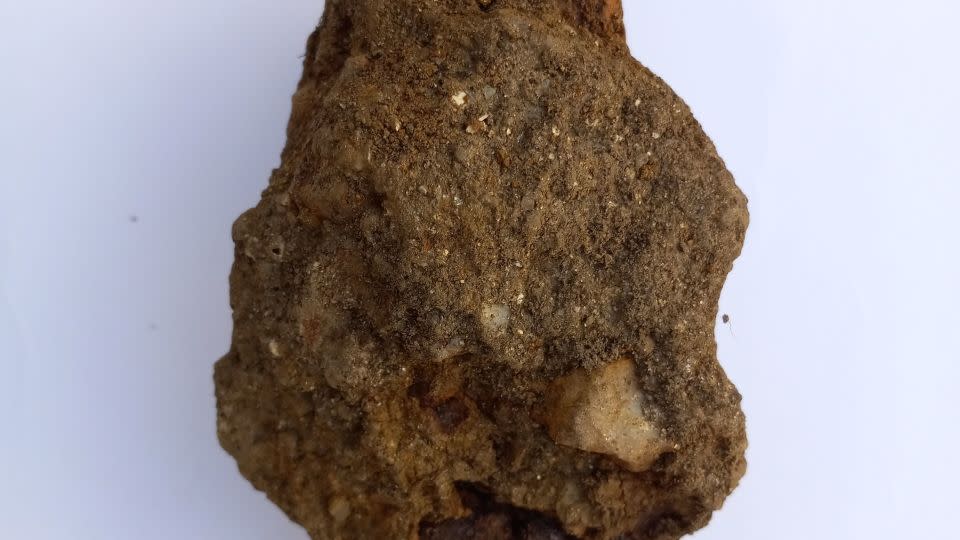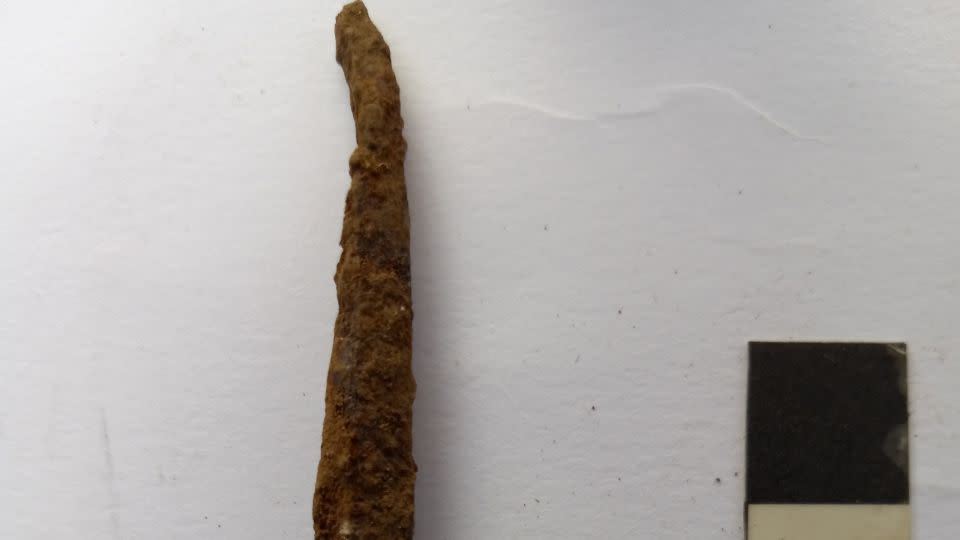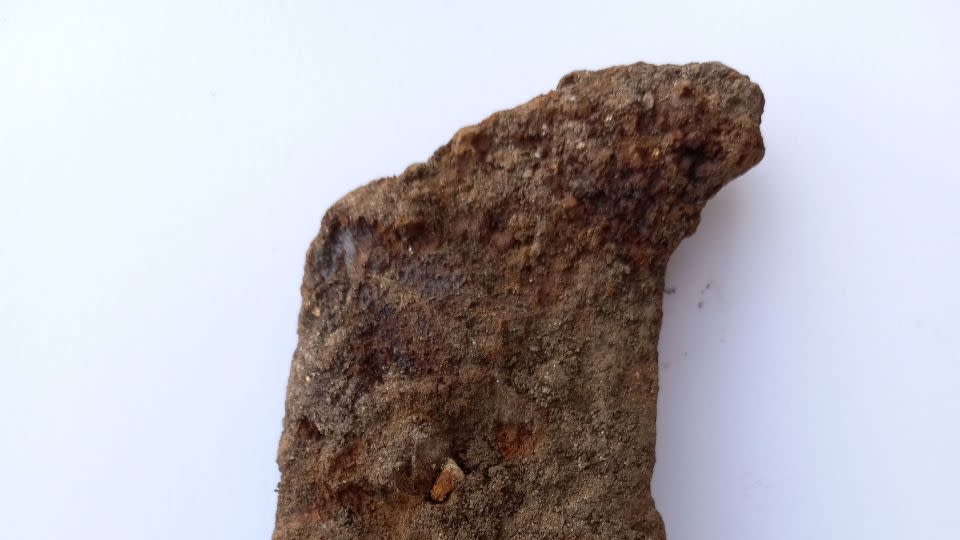Archaeologists identify Roman wall built to hold back rebel slave Spartacus and his army
- Oops!Something went wrong.Please try again later.
- Oops!Something went wrong.Please try again later.
Sign up for CNN’s Wonder Theory science newsletter. Explore the universe with news on fascinating discoveries, scientific advancements and more.
Archaeologists working in southern Italy have identified a Roman fortification built to contain the slave revolt leader Spartacus and his army.
Researchers have concluded that the wall, which extends over 2.7 kilometers (1.7 miles), was built by the Roman general Marcus Licinius Crassus in 71 BCE.
Spartacus served in the Roman army before becoming a bandit and being caught and sold as a slave.

He escaped from a gladiator school in 73 BC with around 70 other slaves, and would eventually lead a slave revolt that took over most of southern Italy with around 90,000 men.
Spartacus was killed in 71 BCE in a pitched battle with Crassus’ forces.
A small section of the ancient wall was already known to locals, but there had been no investigations to confirm who built it and why, local government archaeologist Andrea Maria Gennaro told CNN on Tuesday.

“When we realized what it was, it was very exciting,” said Gennaro. “It’s not every day you get to experience history first-hand.”
Gennaro said “multiple and converging lines of evidence” led to the conclusion that the wall was built to contain Spartacus.
These include ancient literary sources and a number of artefacts discovered during surveys at the site by a team led by Paolo Visonà, an archaeologist at the University of Kentucky, involving ground-penetrating radar, known as LIDAR, magnetometry and soil core sampling.

They found broken iron weapons, sword handles, large curved blades and javelin points, and Visonà believes he has identified the area where Spartacus and his forces attacked the wall.
“There is an area where the wall seems to have been breached,” he said, adding that there is a high concentration of broken weapons around that part of the wall.
At one point, the wall turns through 180 degrees to make an L-shape, which makes it easier to defend against an advancing enemy, Visonà explained.
“This is an extremely well planned fortification,” he said.
With Roman forces controlling the coastal roads, Spartacus was forced to cross the Aspromonte mountain.
“That’s why Crassus built this fortification line here,” said Gennaro.
Visonà told CNN that “the terrain is extremely rugged.”
“You can get into serious trouble if you are not equipped,” he added, but the strength of the Roman presence on the coasts meant that the rebels’ hand was forced.
“Spartacus had no other possibility but to keep following the mountain road,” Visonà said.
The plan is to carry out archaeological excavations to reveal more of the secrets of the site, but Gennaro said that “at this early stage, our primary concern is to protect the site from potential looters.”
Visonà believes there is a huge amount to be learned from the site.
“We’re just scratching the surface,” he said.
For more CNN news and newsletters create an account at CNN.com

